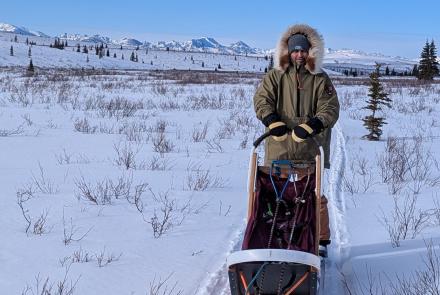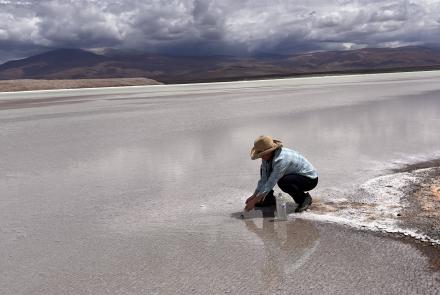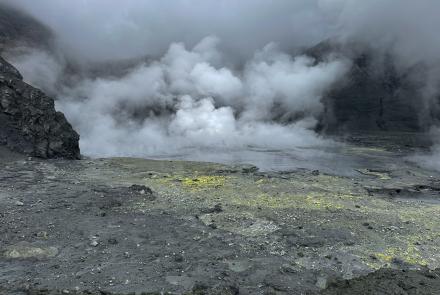Satellite data can now routinely be used to detect low levels of sulfur dioxide emissions from volcanoes, giving scientists another tool to provide early warnings of volcanic unrest.
The new approach is the result of work led by research assistant professor Taryn Lopez of the University of Alaska Fairbanks Geophysical Institute. Lopez is also a staff member at the Alaska Volcano Observatory, a joint program between the U.S. Geological Survey, the Alaska Division of Geological and Geophysical Surveys and the UAF Geophysical Institute.
“It's an exciting new tool that we can use to characterize volcanic degassing and to improve volcano monitoring and eruption forecasting capabilities,” she said.
The Alaska Volcano Observatory began using the method in spring 2020. The near real-time detection of elevated sulfur dioxide levels led to heightened alert levels before an explosive eruption at Great Sitkin Volcano and during unrest at Korovin and Cleveland volcanoes. All are in the Aleutian Islands.
“We had approximately 300 detections from 11 volcanoes over a year and a half using this method,” Lopez said. “We went from having just one snapshot of what's going on at the volcano to having a time series of observations.”
Alaska has 54 historically active volcanoes, but only one-third are monitored through a seismic network. The rest mostly are tracked using remote sensing and infrasound methods.
Assessing sulfur dioxide emissions via satellite data allows for widespread monitoring and characterization of degassing, where the magnitude of emissions and changes over time can be used to characterize background activity and identify signs of unrest that may precede eruption.
The ability to detect sulfur dioxide at lower levels comes from an instrument known as TROPOMI aboard the Sentinel 5 Precursor satellite, launched in October 2017. The European Space Agency and The Netherlands funded the instrument, which provides a previously unavailable capability.
“In addition to seismicity, deformation and elevated surface temperatures, elevated quantities of sulfur dioxide can tell us that a volcano is exhibiting above background behavior and that there might be an eruption,” said Lopez, who specializes in volcanic gas geochemistry and remote sensing.
Lopez presented the new method Wednesday at the annual meeting of the American Geophysical Union.
Alaska Volcano Observatory staff and students manually review and analyze TROPOMI data for elevated sulfur dioxide signals. Machine learning models will eventually be used to automate the process.
Lopez's abstract is here.







